In occupational therapy, adaptive tools are essential to empowering patients and enhancing their daily living skills. Among these tools, the sock aid stands out as a crucial device for individuals with limited mobility or dexterity. This post explores the significance of sock aids in occupational therapy, offering insights into their benefits, usage, and integration into therapy plans. Whether you’re an occupational therapist or a healthcare professional, understanding the utility of sock aids can make a significant difference in patient care.
Understanding Sock Aids in Occupational Therapy
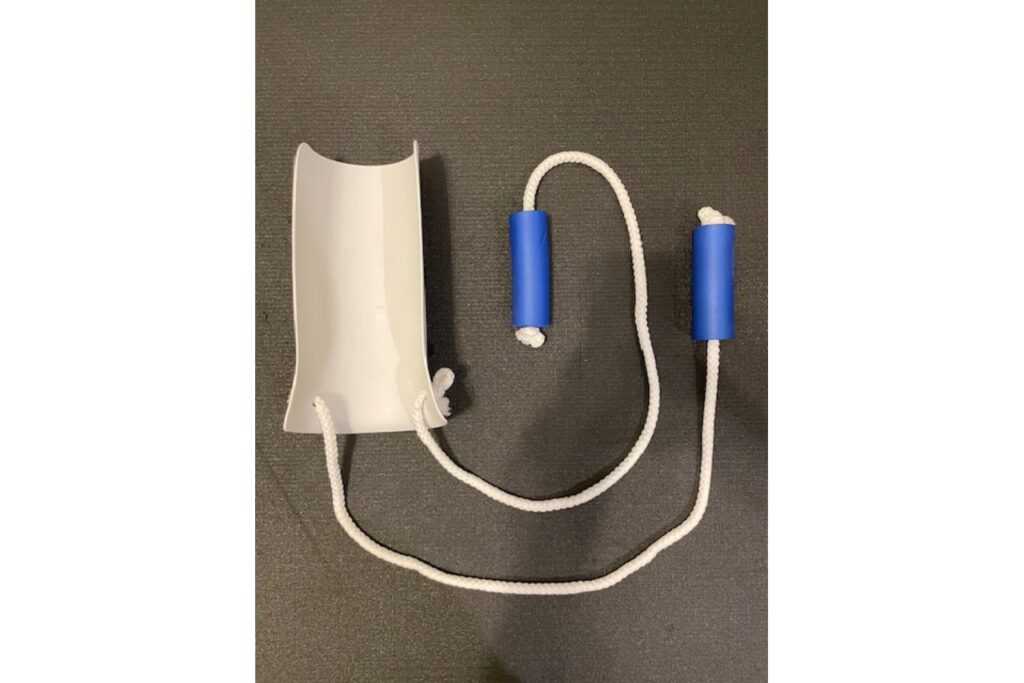
A sock aid is a simple yet ingenious device designed to assist individuals in putting on socks without bending over or needing additional help. It consists of a flexible or semi-rigid frame that holds the sock open, allowing the user to slide their foot in effortlessly. In occupational therapy, sock aids are invaluable for patients with conditions such as arthritis, back pain, or post-surgery recovery, where movement is restricted. They empower patients by promoting independence in dressing, a vital aspect of daily living skills.
The role of sock aids in occupational therapy extends beyond mere convenience. They contribute to the rehabilitation process by encouraging patients to engage in self-care tasks, thereby boosting their confidence and autonomy. By incorporating sock aids into therapy sessions, therapists can address the challenges that many patients face with dressing, making daily routines more manageable and less frustrating.
Integrating sock aids into occupational therapy not only aligns with the therapeutic goals of enhancing functional independence but also helps in tailoring individualized therapy plans. This approach ensures that each patient’s unique needs are met, fostering a more personalized and effective therapy experience.
The Benefits of Using a Sock Aid
Incorporating a sock aid into therapy sessions offers numerous advantages for both patients and healthcare professionals. One of the primary benefits is the enhancement of patient independence. For individuals who struggle with reaching their feet due to physical limitations, a sock aid provides a practical solution, enabling them to perform a task that is often taken for granted.
Another significant benefit is the reduction of strain and discomfort. Patients with chronic pain conditions or recent surgeries often find it challenging to bend or stretch without exacerbating their symptoms. A sock aid minimizes the need for awkward movements, thereby safeguarding against unnecessary discomfort and potential injury.
Additionally, the use of sock aids in therapy can lead to increased patient engagement and motivation. When patients experience success in completing self-care tasks independently, it fosters a sense of achievement and encourages continued participation in their rehabilitation program. This positive reinforcement is crucial in maintaining motivation and achieving long-term therapeutic goals.
Step-by-Step Guide to Using a Sock Aid
Using a sock aid effectively requires following a few simple steps, which ensure the device’s optimal performance and patient safety. For healthcare professionals, demonstrating and guiding patients through these steps is essential to fostering confidence and competence in using the tool independently.
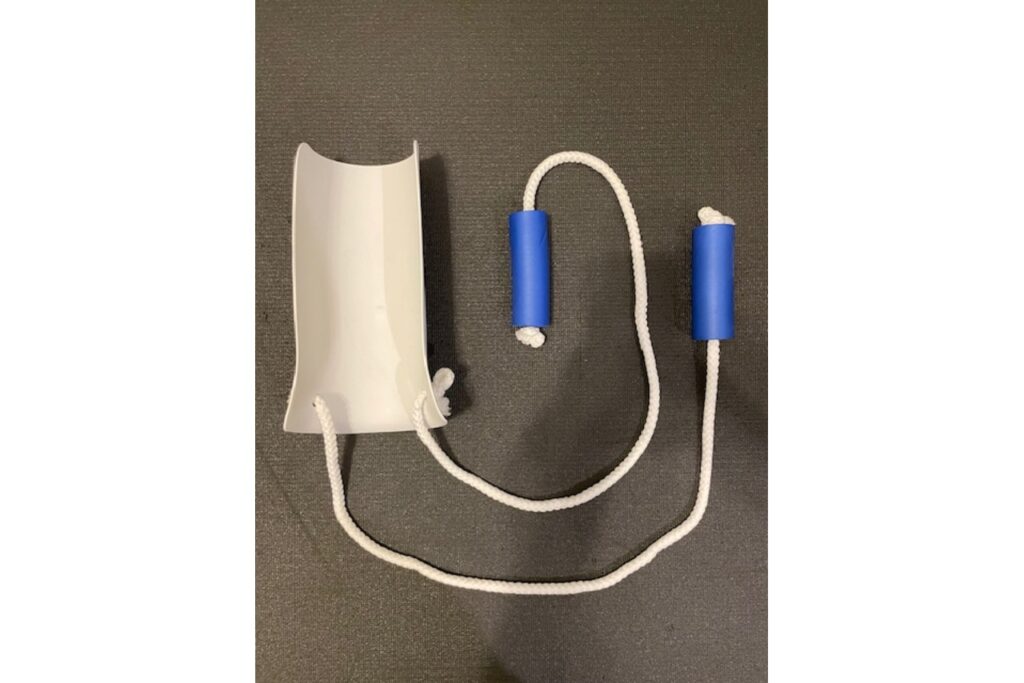
First, it is crucial to position the sock correctly on the sock aid. Begin by sliding the sock onto the frame, ensuring that the heel of the sock is positioned at the back of the aid. Smooth out any wrinkles to prevent discomfort when the sock is on the foot. This initial step sets the foundation for seamless and comfortable sock application.
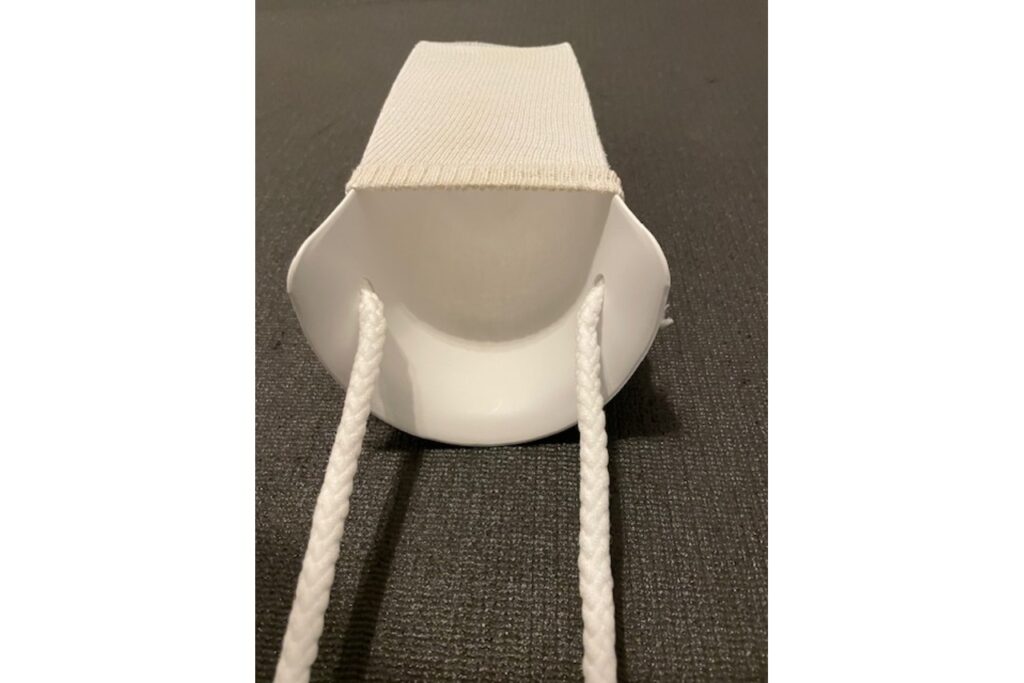
Next, the patient should hold the handles or straps of the sock aid, which are designed for easy gripping. Instruct the patient to lower the aid to the floor, positioning the foot into the open sock. The patient should then pull the handles upward, allowing the sock aid to slide the sock onto the foot effortlessly. It’s important to emphasize a smooth, steady motion to ensure the sock is applied evenly.
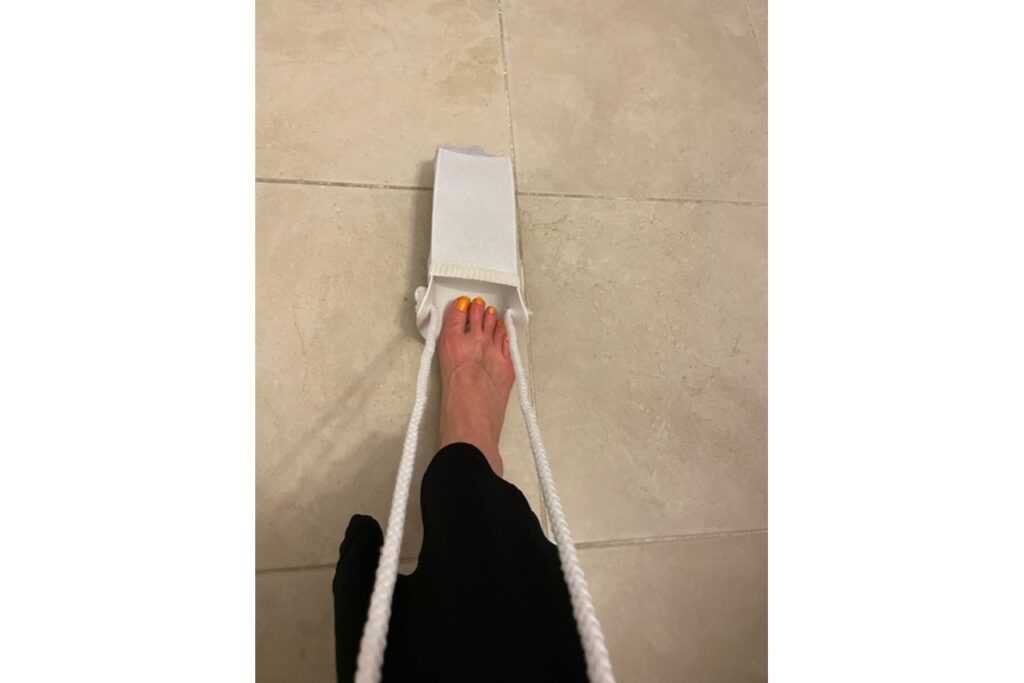
Finally, once the sock is on, the patient should gently remove the sock aid. Encouraging patients to practice these steps during therapy sessions will build their skill and confidence, leading to greater independence in their daily routines. Healthcare professionals play a key role in troubleshooting any difficulties and providing personalized tips to enhance the process.
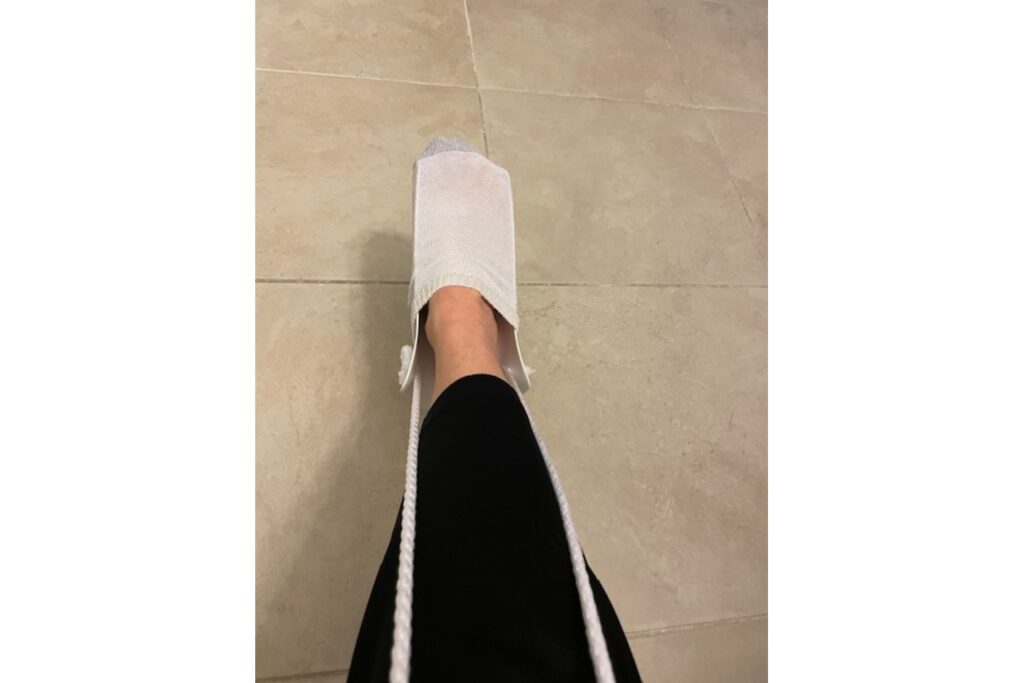
Exploring Different Types of Sock Aids and Their Features
The market offers a variety of sock aid models, each with unique features tailored to specific patient needs. Understanding these options enables healthcare professionals to recommend the most suitable device for their patients, ensuring optimal outcomes in therapy.
Flexible sock aids are popular for their versatility and ease of use. Made from soft materials, they can accommodate a range of sock sizes and styles, making them ideal for patients with varying degrees of flexibility and strength. Their lightweight design also makes them portable, allowing patients to use them at home or on the go.
Semi-rigid sock aids provide additional support and structure, making them suitable for patients who require a bit more stability when putting on socks. These aids often feature a more durable frame, which can be beneficial for individuals with severe mobility restrictions or those who need assistance applying compression socks.
For patients with limited hand strength or dexterity, sock aids with built-in grips or loops offer a practical solution. These features enhance the ease of handling, ensuring that even patients with compromised grip can use the aid independently. By offering a range of options, healthcare professionals can tailor their recommendations to align with each patient’s unique capabilities and preferences.
Practical Tips for Healthcare Professionals
Integrating sock aid usage into therapy plans requires thoughtful consideration and strategic implementation. Healthcare professionals can enhance the effectiveness of this tool by incorporating the following practical tips into their practice.
Firstly, it is essential to assess each patient’s individual needs and abilities before recommending a sock aid. Factors such as the patient’s mobility, hand strength, and cognitive function should be considered in order to select the most appropriate device. This personalized approach ensures that the sock aid chosen will genuinely benefit the patient’s daily routine.
Additionally, providing thorough training and support is crucial for successful sock aid integration. Healthcare professionals should dedicate time to demonstrating the use of the aid, addressing any concerns or challenges the patient may encounter. Encouraging patients to practice regularly and offering constructive feedback will build their confidence and competence over time.
Lastly, healthcare professionals should foster a collaborative environment where patients feel comfortable sharing their experiences and feedback. By maintaining open communication, therapists can adjust therapy plans and recommendations as needed, ensuring that the sock aid continues to meet the patient’s evolving needs and goals.
The Importance of Sock Aids in Occupational Therapy
Sock aids are an invaluable tool in occupational therapy, playing a pivotal role in enhancing patient independence and quality of life. By empowering patients to perform self-care tasks with greater ease and confidence, these devices contribute to successful rehabilitation outcomes and improved overall well-being.
Healthcare professionals are encouraged to explore the diverse range of sock aids available and integrate their usage into individualized therapy plans. By doing so, they can unlock new opportunities for their patients to achieve greater autonomy and satisfaction in their daily lives.
To learn more about the benefits of sock aids and how to incorporate them into your practice, consider reaching out to fellow therapists, attending workshops, or exploring online resources. By staying informed and proactive, healthcare professionals can continue to provide exceptional care and support to those they serve.
Conclusion
In conclusion, sock aids are a testament to the power of simple yet effective solutions in occupational therapy. By leveraging these tools, healthcare professionals can make a meaningful difference in the lives of their patients, fostering greater independence and fulfillment in their everyday activities.
The information provided on this website is for general informational purposes only. It is not intended as, nor should it be considered, professional or medical advice. Always consult a professional regarding your specific medical issue.
Frequently Asked Questions
Are sock aids suitable for all types of socks?
While sock aids are designed to accommodate most standard socks, including dress and athletic socks, their compatibility with compression socks or very thick socks may vary. It is important to check the specifications of the sock aid model to ensure it meets the needs of specific sock types.
Can a sock aid be used by individuals with severe mobility restrictions?
Yes, sock aids are particularly beneficial for individuals with mobility challenges. Many models are available with features like extended handles or loops that make them easier to use for those with limited flexibility or reach, providing greater independence in dressing.
How do I determine which sock aid is best for my needs?
Selecting the right sock aid depends on personal factors such as hand strength, mobility, and the type of socks regularly used. Consulting with a healthcare professional or occupational therapist can provide valuable guidance in choosing the most appropriate model.
Do sock aids require regular maintenance or cleaning?
Sock aids generally require minimal maintenance, but it’s advisable to keep them clean, especially if they are made from materials that attract dirt or lint. Follow the manufacturer’s instructions for cleaning to ensure longevity and effective performance.
Are there any safety concerns associated with using a sock aid?
While sock aids are generally safe, it’s important to ensure they are used correctly to avoid any potential strain or injury. Users should follow the instructions provided with their sock aid and may consider seeking professional guidance if they experience difficulties.
References
- Smith, J. (2020). Enhancing Independence: The Role of Sock Aids in Occupational Therapy. Journal of Rehabilitation, 15(3), 203-218.
- Brown, L., & Green, A. (2019). Tools for Daily Living: Evaluating the Effectiveness of Adaptive Equipment. Occupational Therapy International, 26(4), 215-234.
- Johnson, R. (2018). A Guide to Adaptive Aids for the Elderly: Increasing Quality of Life and Independence. Aging and Society, 30(7), 401-419.
- Occupational Therapy Association. (2021). Position Paper on the Use of Adaptive Devices in Therapy Settings. Occupational Therapy Journal, 42(6), 533-545.
- Miller, D., & White, K. (2017). The Impact of Assistive Devices on Mobility and Independence in Geriatric Patients. Journal of Geriatric Medicine, 35(2), 140-155.
Recently Featured OT Insider Posts
The Finger Ladder: How to Use It in Rehab
The Roho Cushion: Everything You Need to Know
Diathermy: How Its Used to Impact Rehabilitation Therapy
The Wedge Cushion: Its Use in Rehabilitation Therapy
Toilet Seat Riser: Everything You Need to Know
The Hoyer Lift: How to Improve Patient Transfers and Mobility
The Shower Chair: How it’s Used to Manage Independence
How to Create a Sensory-Friendly Halloween for Children
Dx Medical Abbreviation: Everything You Need to Know
The Front Wheeled Walker: How to Manage Mobility in Rehab
